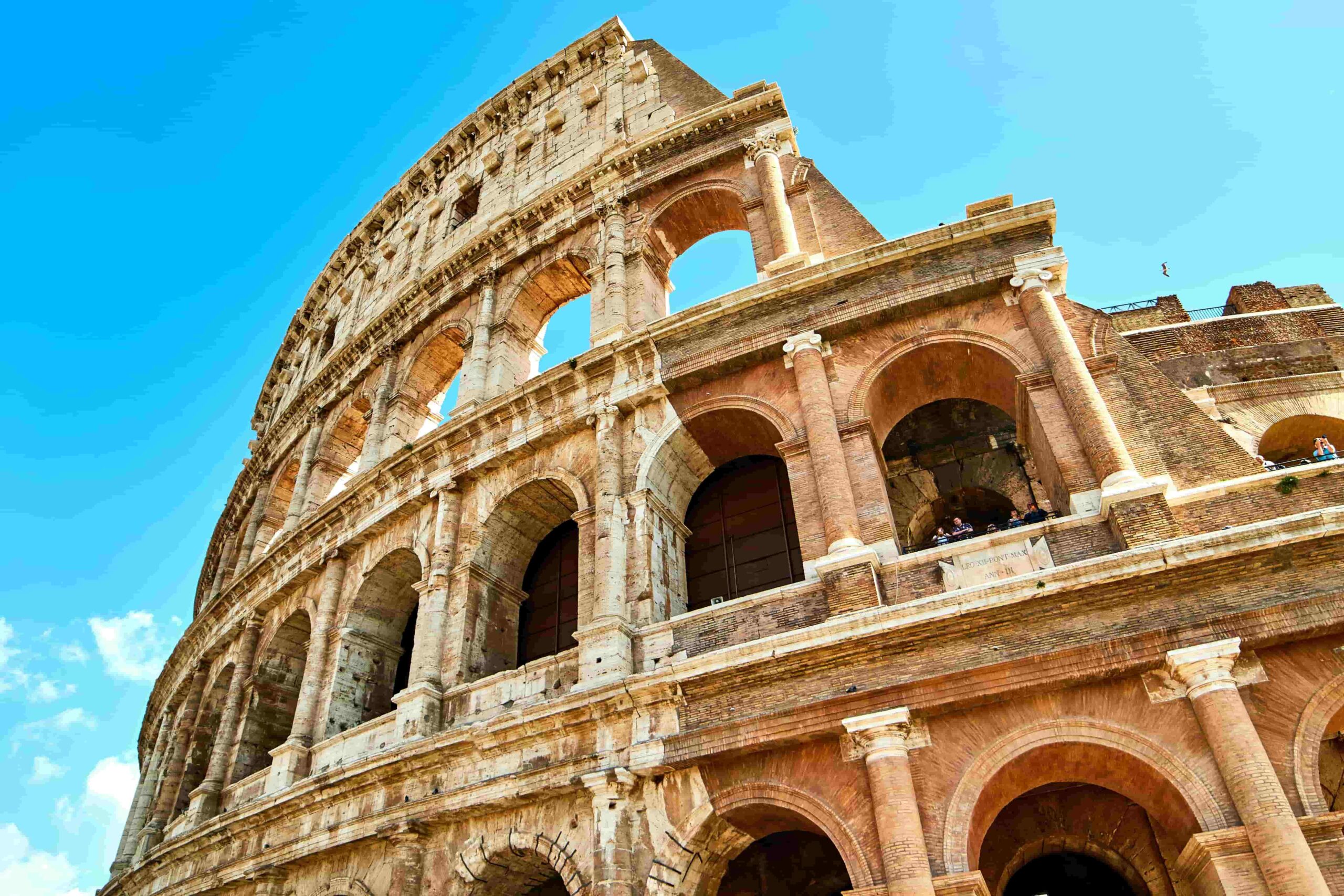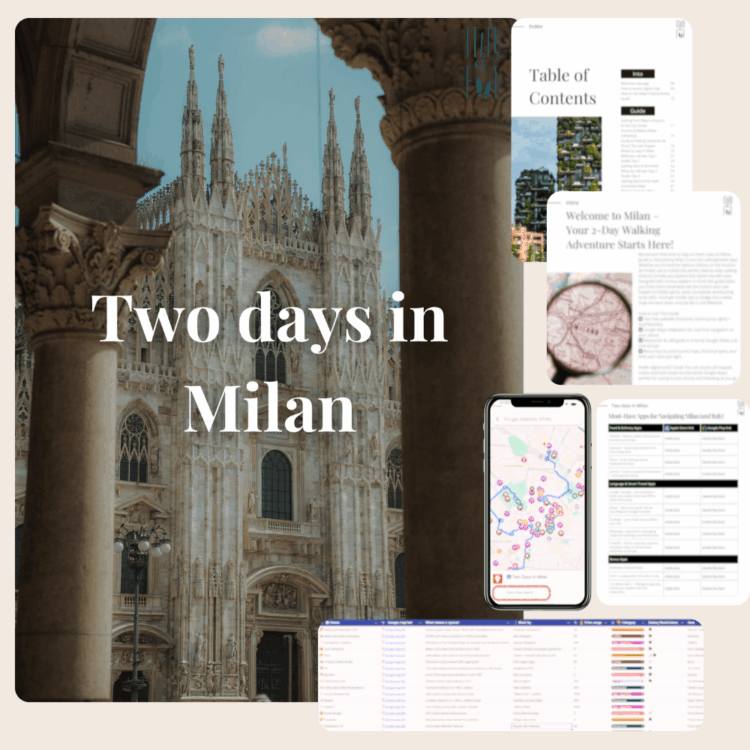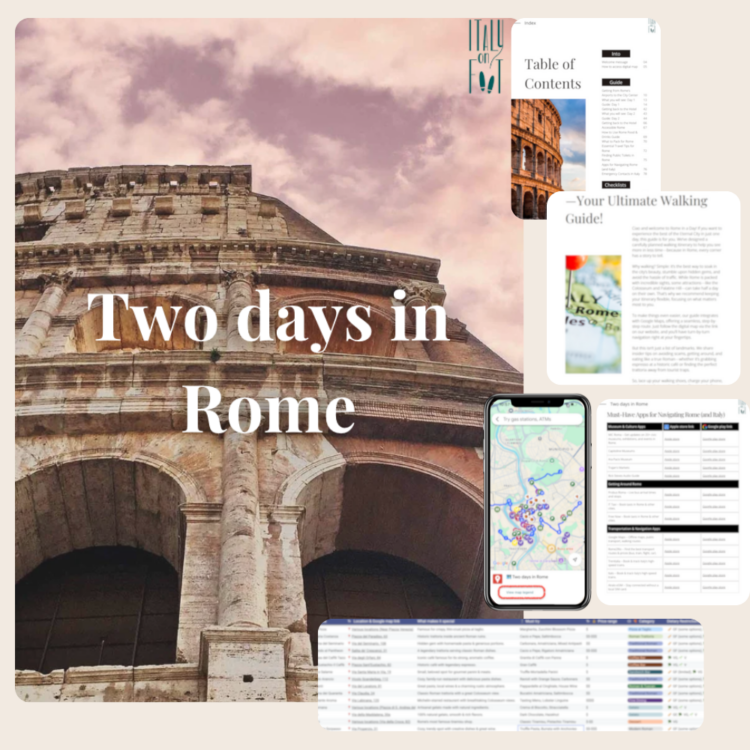Visiting the Colosseum in Rome is a must-do for anyone stepping foot in the Eternal City. This architectural wonder, steeped in history and resonating with tales from centuries past, offers a unique glimpse into ancient Roman life. As a local, I’ve got some handy tips to make your visit as smooth and enjoyable as possible. Whether you’re a history buff or just curious about this iconic symbol of Rome, I’ve got you covered.

Planning Your Visit: Tickets and Timing
One of the first things you’ll want to consider is getting your tickets sorted out. Trust me, the last thing you want is to be stuck in a long line under the Roman sun. I recommend purchasing your Colosseum ticket online in advance. Not only does this save you time, but it also allows you to skip past the ticket counters and walk straight in. Plus, you’ll often find that online tickets come with additional perks, like access to nearby attractions.
When planning your visit, it’s crucial to set aside several hours. The Colosseum isn’t just a quick stop; it’s a place where you’ll want to linger, absorb the atmosphere, and appreciate the details. If you’re interested in a more immersive experience, consider booking a tour of the underground area. This section offers a fascinating look at the intricate workings of the arena, where gladiators once prepared for battle and wild animals were kept before dramatic shows. You can find more information and book these tours on the Italy on foot travel tips page.
Timing is everything when visiting the Colosseum. The busiest time of year tends to be July and August, so it might be wise to avoid these months if you’re not a fan of crowds. Instead, consider visiting during the cooler months or, if your schedule permits, in the shoulder seasons of spring or fall. If you can’t avoid a summer visit, aim to arrive early in the morning or later in the afternoon. This strategy helps you dodge the busiest times of day and enjoy a more relaxed experience.
The Best Days to Visit
Now, let’s talk about the best days to visit. Every first Sunday of the month, the initiative #unadomenicalmuseo makes a range of cultural sites, including the Colosseum, open to the public for free. It’s a fantastic opportunity to explore without spending a dime, but be prepared for bigger crowds. If you’re on a budget, it’s a wonderful option, just make sure to arrive early to maximize your time.
If you’re looking for a quieter experience, weekdays are generally less busy than weekends. Visiting mid-week gives you a better chance of avoiding the throngs of tourists that flock to Rome’s most famous landmark. Also, keep an eye on local holidays and events that might affect visitor numbers. The Colosseum’s official website, https://colosseo.it/en/, is a great resource for checking opening hours and any special events that might be happening during your visit.
Exploring the Colosseum Grounds and Beyond
Once you’re inside, take your time to explore the Colosseum’s impressive architecture. Wander through the ancient corridors and imagine the roar of the crowd as gladiators fought for their lives. It’s easy to lose track of time as you marvel at the grandeur of this ancient stadium. Don’t forget to look up and appreciate the engineering prowess that went into constructing such a massive structure without the modern tools we have today.
Beyond the Colosseum itself, the surrounding area is filled with historical treasures. The Roman Forum and Palatine Hill are right next door, and they’re included in the same ticket. It’s worth setting aside time to explore these sites as well. The Roman Forum was the heart of ancient Rome, bustling with political, social, and economic activity. Palatine Hill offers breathtaking views of the city and is steeped in myth and legend, believed to be the site where Romulus founded Rome.
Make sure to wear comfortable shoes, as you’ll be doing quite a bit of walking. The terrain can be uneven, and you’ll want to be prepared for the steps and slopes you’ll encounter. Keep an eye on the weather forecast, too, so you can dress appropriately. A hat and sunscreen are advisable during the warmer months, while a light jacket might be necessary in the cooler seasons.
Making the Most of Your Experience
To truly appreciate the Colosseum, consider hiring a guide or joining a guided tour. A knowledgeable guide can bring the history of the Colosseum to life, sharing stories and anecdotes that you might miss if you’re wandering around on your own. They can point out interesting details and give you context for what you’re seeing, enhancing your overall experience.
If you’re more of a do-it-yourself traveler, there are plenty of audio guides and apps available that provide detailed commentary and information. These can be a great alternative if you prefer to explore at your own pace while still gaining insights into the Colosseum’s rich history.
After your visit, take some time to relax and reflect on what you’ve seen. There are plenty of cafes and restaurants nearby where you can enjoy a coffee or a gelato while soaking up the atmosphere of this historic part of Rome. It’s a perfect way to end your day, savoring the flavors of Italy while contemplating the wonders of the Colosseum.



